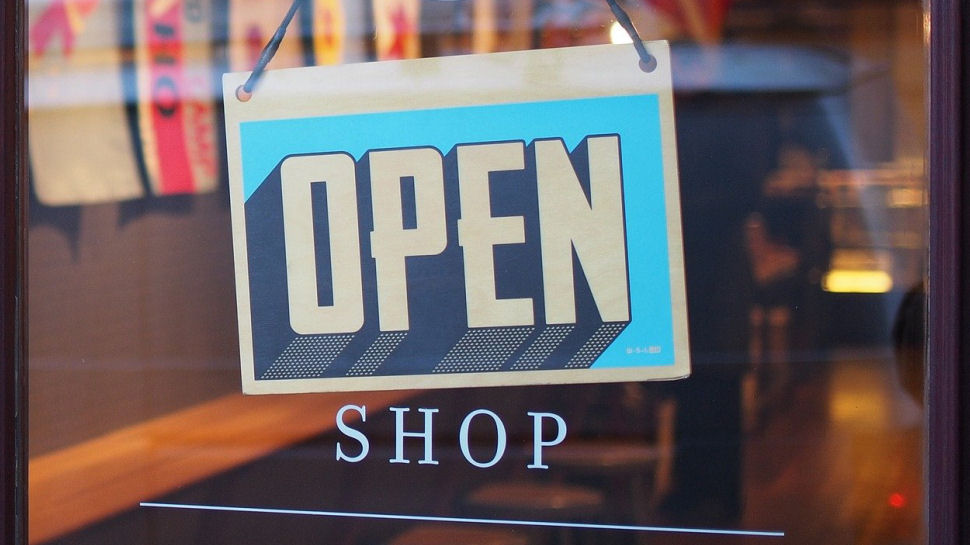Gartner: Top trends in retail for 2021
Summary of 3 out of 7 retail trends

The ongoing COVID-19 pandemic is driving global retailers to fundamentally reassess how they do business. Due in part to its many challenges and threats, 2020 has accelerated digital transformation across the retail industry.
According to Gartner’s 2021 CIO survey, nearly two-thirds of retail CIOs said their relationships with their CEOs strengthened in 2020, as CIOs have helped guide their businesses through significant disruption.
To accurately advise the business on technology investments, Gartner has identified seven key trends that retail CIOs must recognize and understand. Highlighted here are three of the seven trends making biggest impacts for retail CIOs in 2021.
Trend 1: touchless interactions
“Touchless” experiences are “safe,” physical-contact-free interactions across the customer’s entire shopping process. As government social distancing and hygiene requirements continue across several markets, customers are expecting retailers to offer safe, touchless shopping experiences. Customers should be provided with multiple ways to research, purchase and consume goods, in convenient, contact-free interactions in a hygienic physical environment.
Touchless interactions across major customer processes include the following four stages:
- Search: Enables customers to find what they need or discover new products, through online channels and IoT enabled devices, AI and augmented reality (AR) to deliver an immersive shopping experience.
- Transact: Enables a seamless capability for customers to transact within and across channels, regardless of the product or the combination of products and services, without inconvenience or delays.
- Acquire: Enables customers to acquire goods and services via a variety of methods, including physical shopping, click and collect, in-home delivery, automated replenishment, lockers, and partnerships with external organizations.
- Consume: Enables customers’ enjoyment and enhances their consumption experience. Provided through enhanced information and services, connected devices and auto-replenishment.
Actions:
- Choose a complex cross-channel process, such as BOPIS (buy online, pickup in store) and identify all its major touchpoints that warrant a touchless experience.
- Use the digitalization opportunity to redesign or make adjustments in the process to ensure that the channels are working in concert to deliver a seamless customer experience.
Trend 2: fulfilment execution
Fulfilment execution enables excellence in fulfilment operations across the retailer’s physical and digital assets through real-time analysis and reconfiguration of inventory, labor and processes. This in turn results in optimization of inventory, enablement of unified commerce experiences and increased customer satisfaction, as well as improved profitability for the business.
Are you a pro? Subscribe to our newsletter
Sign up to the TechRadar Pro newsletter to get all the top news, opinion, features and guidance your business needs to succeed!
As e-commerce has seen significant increases over the past year, excellence in fulfilment execution has become a top priority for retailers, with consumer demand for unified commerce experiences increasing. As a result, retailers can expect lasting post-pandemic demand for greater online purchasing with timely acquisition.
According to Gartner’s Final Mile survey, 18% of organizations currently report fulfilment accuracy rates of 95% or better. As shopping limitations continue, customers want and need to be able to search, transact, acquire and consume products and services safely and easily across a retailer’s entire ecosystem. This means that retailers need strong store teams and robust technology in place to create a fluid experience for customers while simultaneously managing costs.
Actions:
- Identify all the data requirements to support end-to-end complex cross-channel processes such as BOPIS, BOPAC (buy online for curbside pickup) and BORIS (buy online return in store). This will make it possible to evaluate the ecosystem of integrated solutions required to speedily support increased online demand.
- Improve management of on-hand inventory, avoid dead inventory and reduce waste by leveraging IoT technologies such as RFID and smart shelving.
- Optimize customer order fulfilment by improving real-time inventory visibility and implementing or improving distributed order management.
Trend 3: algorithmic merchandising optimization
Algorithmic merchandising optimization enables retailers to more precisely determine items that need to be displayed and stocked. It also helps how items should be priced and promoted, to maximize sales, margin, inventory and customer satisfaction across touchpoints.
Optimization models use customer behavior insights and predictive analytics to evaluate the relative performance of items across touchpoints and customer segments, helping merchandisers to make more intelligent decisions.
As operational costs are driven up in response to shifting customer expectations, a renewed focus is being placed on merchandise assortment and pricing accuracy. Retailers can no longer afford to spread inventory across all store locations. As a result, retailers must leverage algorithmic approaches to increase precision when planning assortments, pricing and promotions, and the resulting inventory investments across all touchpoints. Every existing assumption and strategy must be tested against consumer behavior trends.
Actions:
- Undertake root cause analysis with merchandising business leaders to identify performance gaps and evaluate opportunities from dead inventory, stock-outs and excessive markdowns.
- Develop an understanding of how to leverage near-real-time diverse datasets, combined with AI-led approaches, to create customer-centric assortments that are aligned with specific customer behavior segments across touchpoints.
- Kelsie Marian, Senior Director Analyst with Gartner's CIO Research Group.
- We've featured the best help desk software.
Kelsie Marian is a Senior Director Analyst with Gartner's CIO Research Group. Her primary focus is advising Tier 1 retailers in the areas of the Digital Workplace and Employee Experience.
